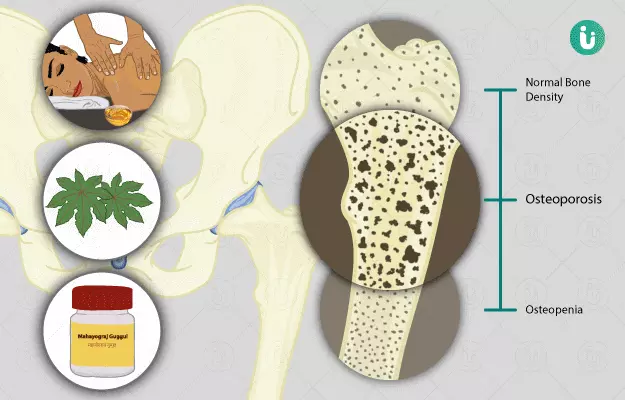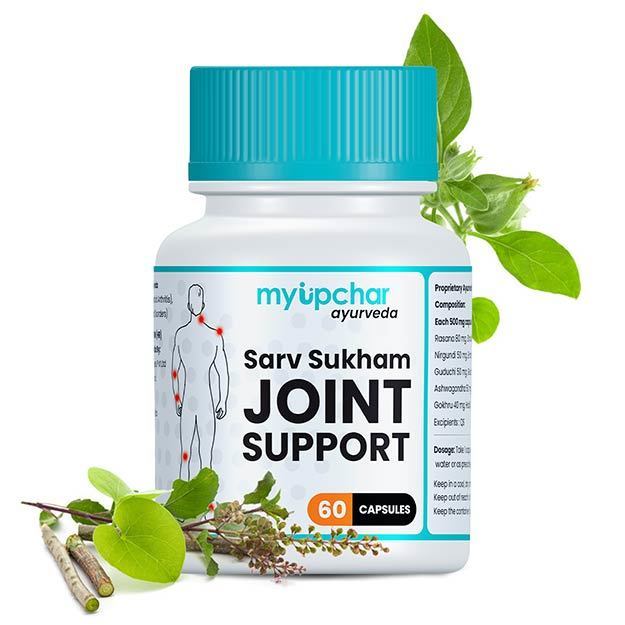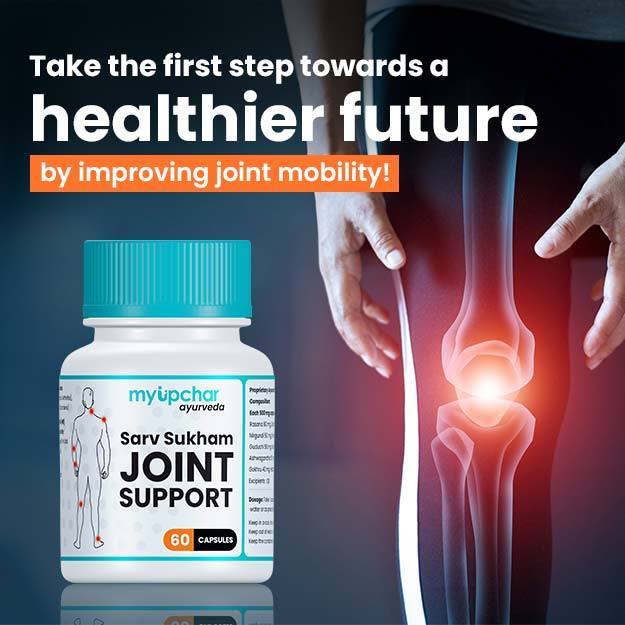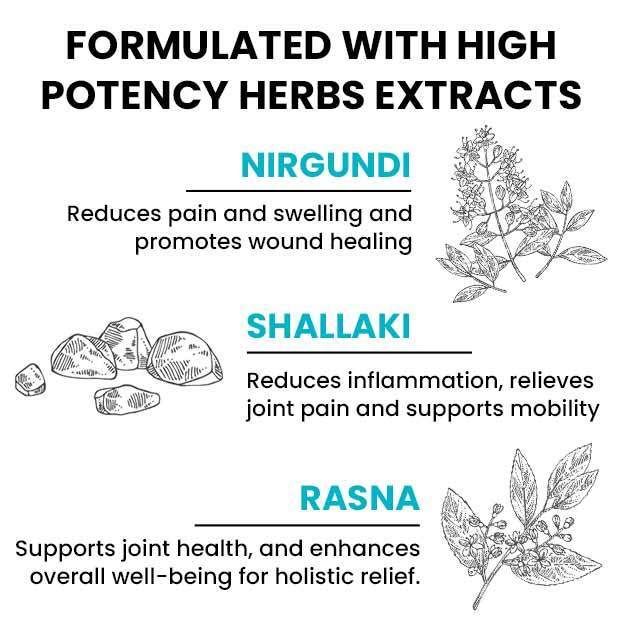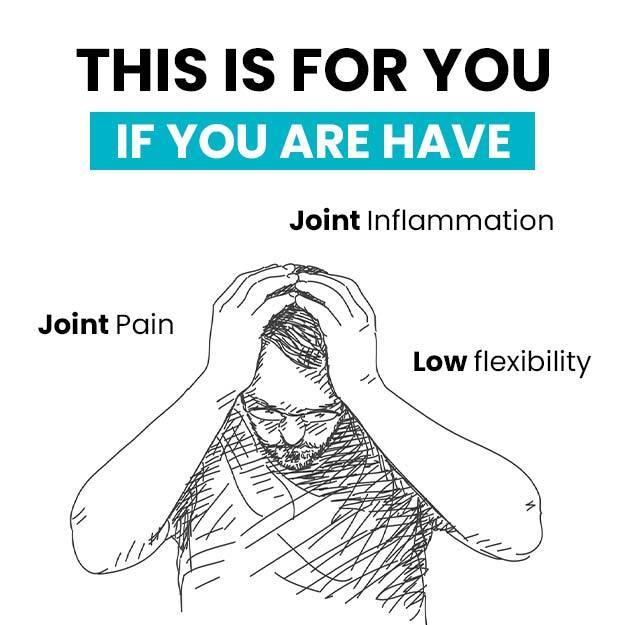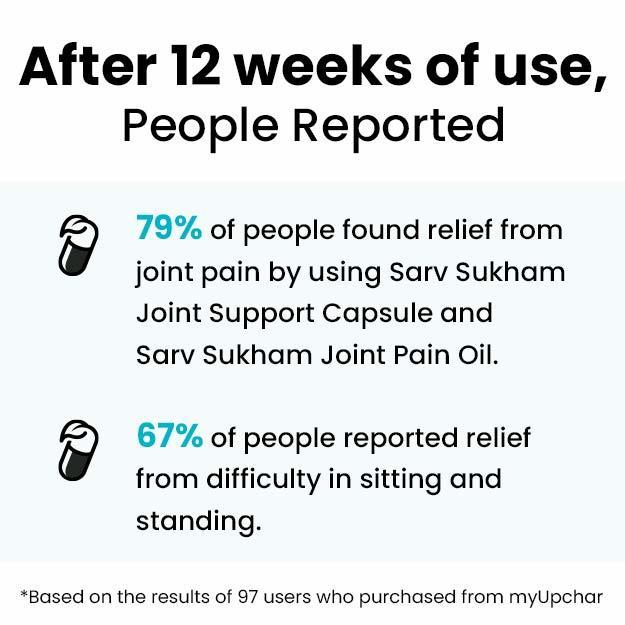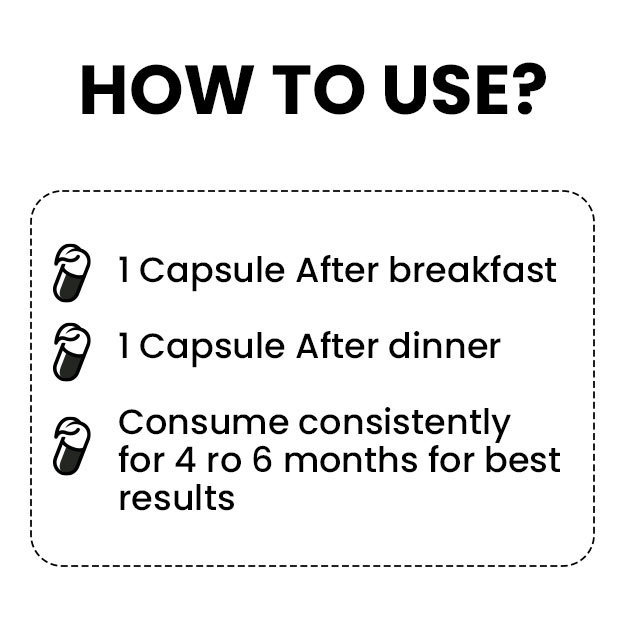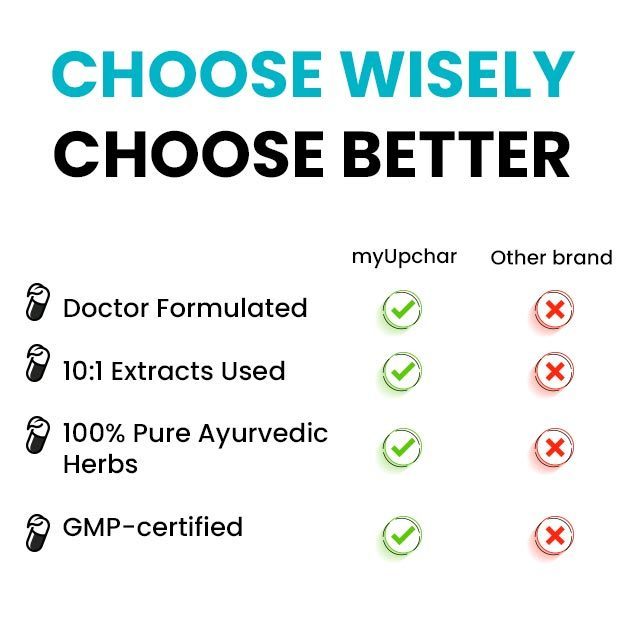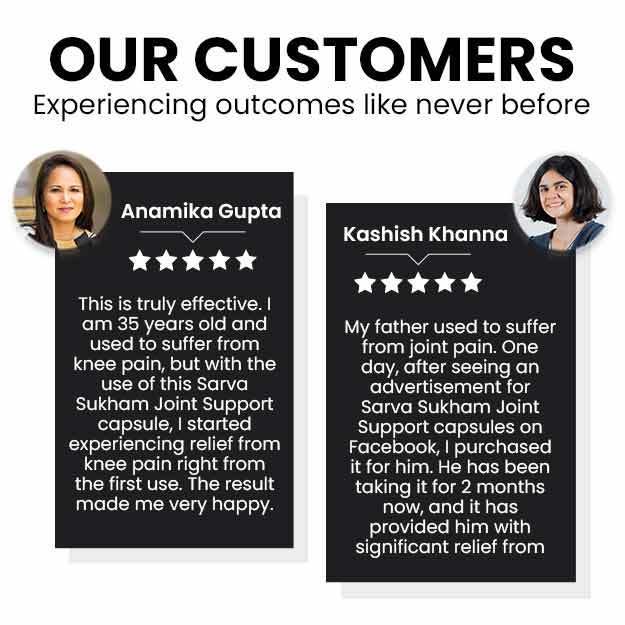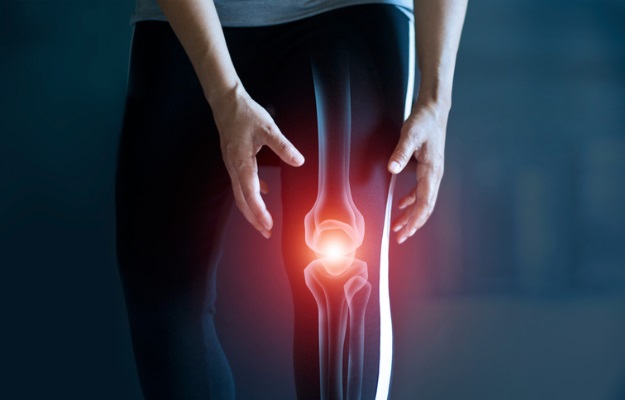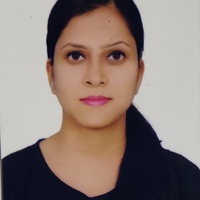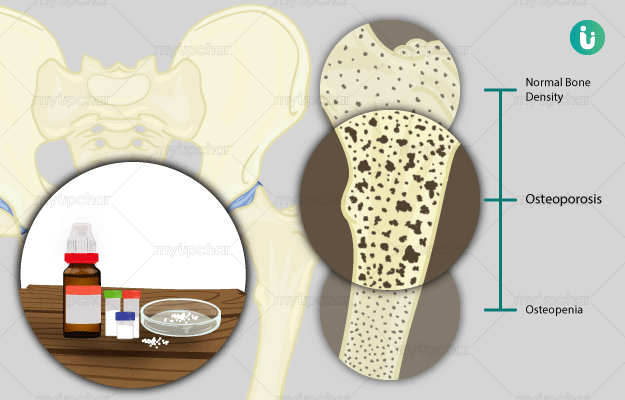Osteoporosis is a disease marked by a reduction in bone mass and deterioration of bone tissue. Regardless of gender, the prevalence of osteoporosis and fractures increases with age. The reason for this is a reduction in the bone formation and resorption process. Osteoporosis is known to be a significant health concern in developed countries, affecting about 12% of men and 30% of women at some point in their lifetime. Hip fractures are a common complaint among women aged 80 and more.
According to Ayurveda, vitiation in the levels of vata is the cause for asthi sushiria or osteoporosis. In Ayurveda, performing snehana (oil therapy) using different medicated oils like dashamoola (10 roots) taila and mahanarayana taila is considered to be an effective technique for managing osteoporosis. Shunthi (dried ginger), eranda (castor), rasonam (garlic) and other herbs are useful in treating osteoporosis. Drugs like pravala pishti and yoga asanas provide relief from pain and reduce the chances of fractures. Furthermore, ayurvedic doctors suggest a healthy lifestyle and balanced diet early in life to prevent osteoporosis in older age.

